Simply Sugo Recipe
Simply Sugo Recipe
Ingredients:
1 tablespoon olive oil
1 medium onion, finely chopped
1 medium carrot, finely chopped
1 celery stalk, finely chopped
1 pound ground beef
Salt and pepper, to taste
1 cup red wine
1 (28-ounce) can crushed tomatoes
1 bay leaf
1 teaspoon dried oregano
1 teaspoon dried basil
1 pound pasta of your choice
Grated Parmesan cheese, for serving (optional)
Instructions:
Heat the olive oil in a large pot over medium heat. Add the onion, carrot, and celery and sauté until the vegetables are soft, about 5 minutes.
Add the ground beef to the pot and cook until it is browned, about 5-7 minutesSeason with salt and pepper
Pour in the red wine and bring to a boil. Let the wine reduce for a couple of minutes, then add the crushed tomatoes, bay leaf, oregano, and basil. Stir to combine.
Reduce the heat to low and let the sugo simmer for at least 1 hour, or up to 3 hours for a richer flavor. Mix the sugo once in a while to keep it from adhering to the lower part of the pot.
While the sugo is simmering, bring a pot of salted water to a boil and cook the pasta according to the package instructions.
When the pasta is cooked, drain it and add it to the pot with the sugo. Toss the pasta and sugo together to coat the pasta in the sauce.
Serve the pasta with grated Parmesan cheese on top, if desired.
Serving
Sugo is typically served with pasta, such as spaghetti or rigatoni, but it can also be used as a sauce for lasagna or as a topping for grilled or roasted vegetables. Some people like to add a spoonful of sugo to a bowl of creamy polenta as well. You can serve the sugo and pasta together in bowls, with grated Parmesan cheese on top and a sprinkle of fresh herbs like basil or parsley.
You can also serve the sugo with a side of garlic bread or a simple green salad. If you have any leftovers, sugo can be stored in the refrigerator for up to 3 days or in the freezer for up to 3 months. Simply thaw the sugo in the refrigerator and rewarm it on the stove before serving.
Description
Sugo, also known as ragù or Bolognese sauce, is a classic Italian pasta sauce made with ground meat, vegetables, and tomatoes. It is slow-simmered for a rich, flavorful sauce that is perfect for tossing with pasta or using as a base for other dishes.
There are many variations of sugo, but most traditional recipes call for a combination of ground beef, pork, or lamb, along with finely chopped vegetables like onion, carrot, and celery. Red wine and crushed tomatoes are added to the pot to give the sauce its characteristic depth of flavor. Herbs like oregano, basil, and bay leaf are often used to add a touch of sweetness and warmth to the sauce.
Sugo is known for its slow-cooked, rich flavor and versatility in the kitchen. It can be served with a variety of pasta shapes, used as a topping for grilled or roasted vegetables, or even used as a filling for lasagna. Whether you're a seasoned chef or a beginner cook, sugo is a delicious and easy-to-make addition to any meal.
Conclusion
In conclusion, sugo is a classic Italian pasta sauce that is made with ground meat, vegetables, and tomatoes. It is slow-simmered for a rich, flavorful sauce that is perfect for tossing with pasta or using as a base for other dishes. Whether you're looking to impress your dinner guests with a gourmet meal or simply want a comforting bowl of pasta on a busy weeknight, sugo is a versatile and delicious choice. So why not give this recipe a try and discover the joy of making your own sugo at home?
Recipe Notes
Here are a few recipe notes to help you make the perfect sugo:
You can use any type of ground meat in this recipe, such as beef, pork, lamb, or a combination of meats.
For a vegetarian version of sugo, try using crumbled tofu or tempeh in place of the ground meat. You can also use vegetables like mushrooms or eggplant to add flavor and texture to the sauce.
If you don't have red wine on hand, you can omit it or substitute it with beef broth or chicken broth.
You can use fresh or canned tomatoes in this recipe. If using fresh tomatoes, blanch and peel them before using.
For a spicier sugo, add a pinch of red pepper flakes or a diced chili pepper to the pot.
You can also add other vegetables to the sugo, such as bell peppers, zucchini, or peas. Just be sure to chop them finely and add them to the pot with the onions, carrot, and celery.
If you prefer a smoother sauce, you can use an immersion blender to blend the sugo until it is smooth. Just be careful not to blend the pasta into the sauce if you are serving the sugo over pasta.
For a richer, more flavorful sugo, you can add a spoonful of tomato paste to the pot. You can also add a splash of cream or a spoonful of mascarpone cheese to the sauce for a creamier texture.
If you have leftovers, sugo can be stored in the refrigerator for up to 3 days or in the freezer for up to 3 months. Simply thaw the sugo in the refrigerator and rewarm it on the stove before serving.
Equipment
For this sugo recipe, you will need the following equipment:
A large pot or Dutch oven: This will be used to cook the sugo on the stove.
A cutting board and knife: You will need these to chop the onions, carrot, and celery.
A wooden spoon or spatula: You will use this to stir the sugo and scrape the bottom of the pot to prevent the sauce from sticking.
A separate pot: This will be used to cook the pasta according to the package instructions.
A colander: This will be used to drain the cooked pasta.
Measuring cups and spoons: You will use these to measure out the ingredients for the sugo.
Optional equipment:
An immersion blender: If you prefer a smoother sauce, you can use an immersion blender to blend the sugo until it is smooth. Just be careful not to blend the pasta into the sauce if you are serving the sugo over pasta.
Grater: If you are serving the sugo with grated Parmesan cheese, you will need a grater to shred the cheese.
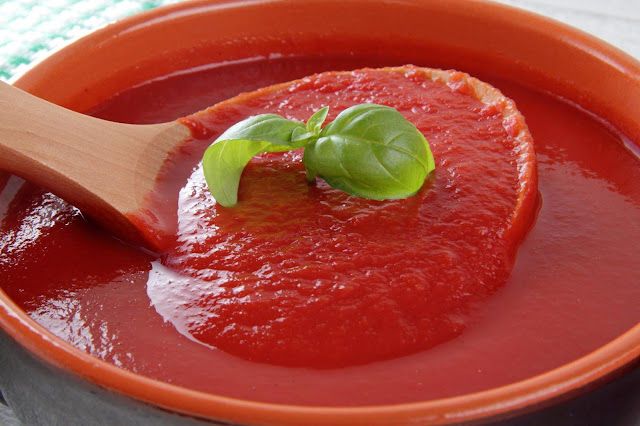

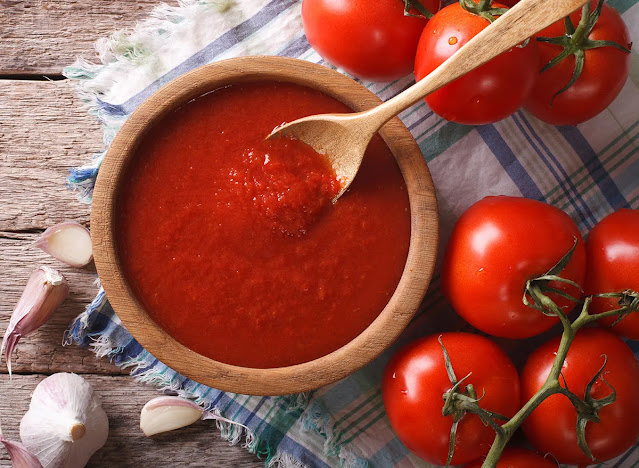

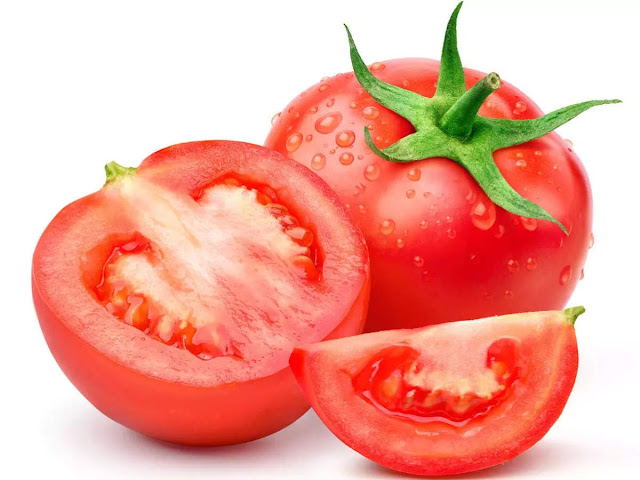
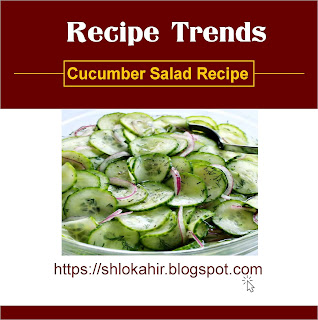

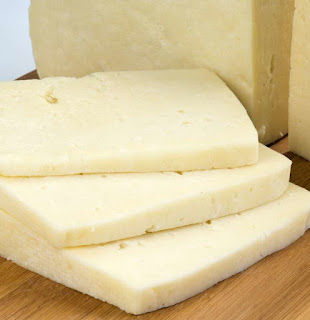
Comments
Post a Comment